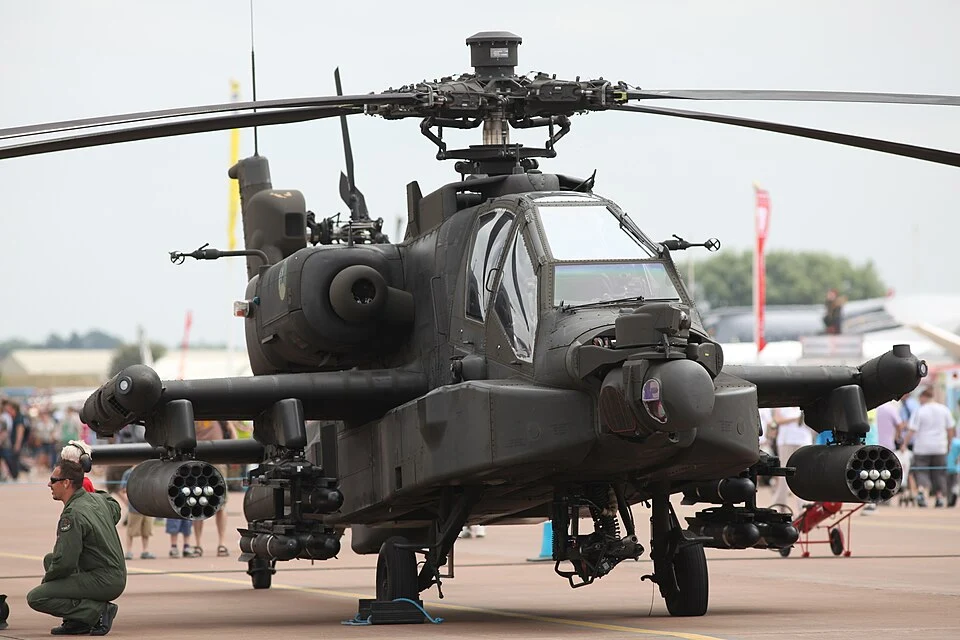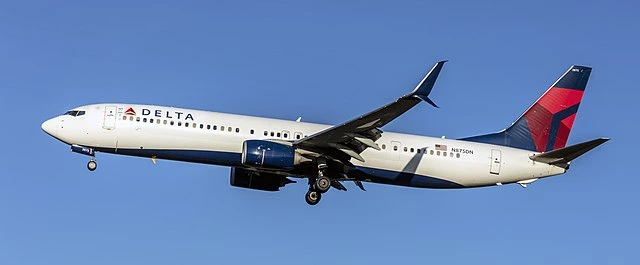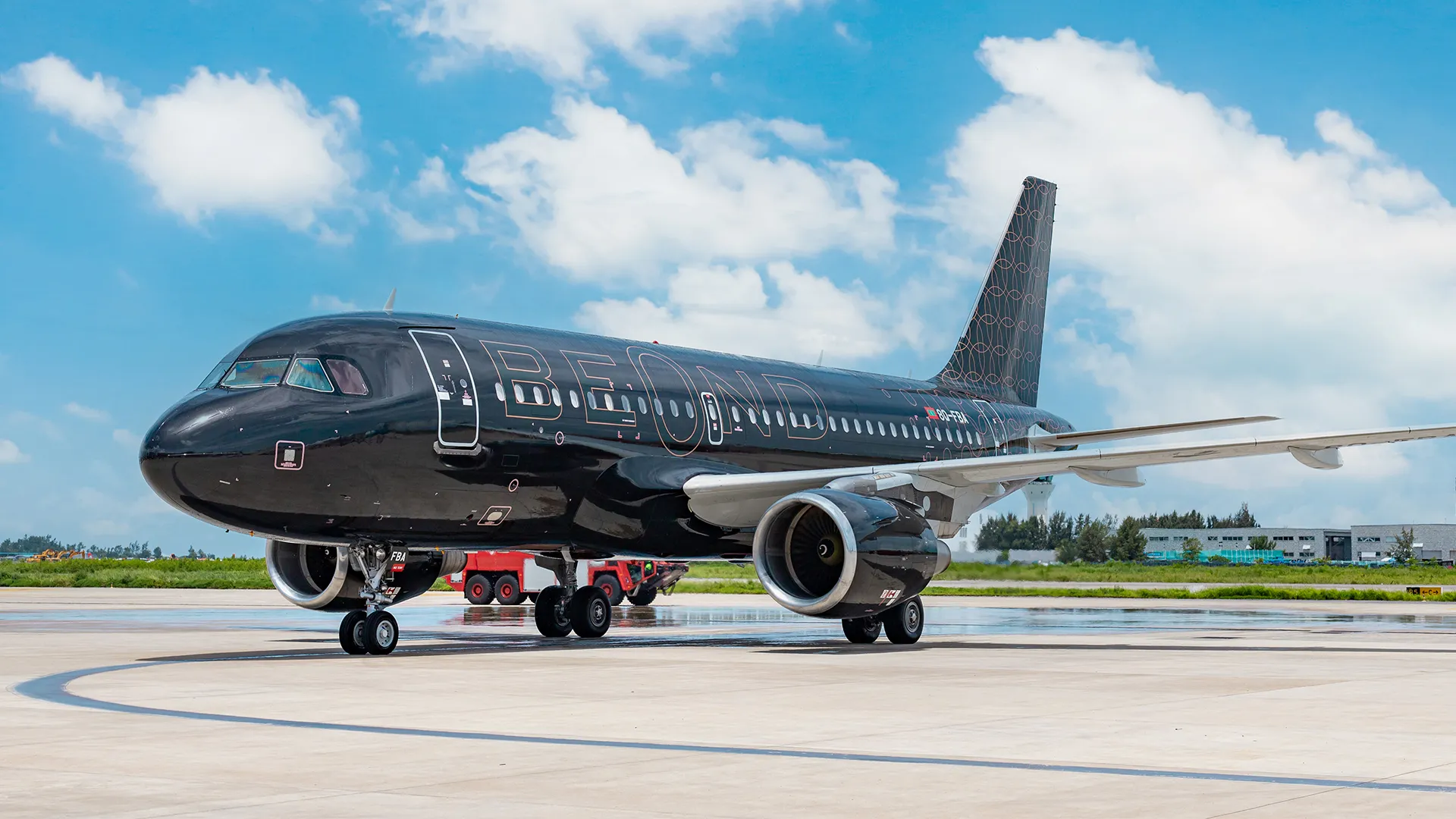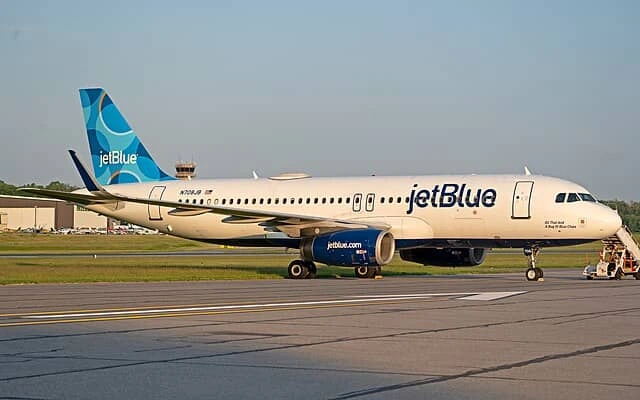India’s Busiest Cities to Gain Much-Needed Second Airports
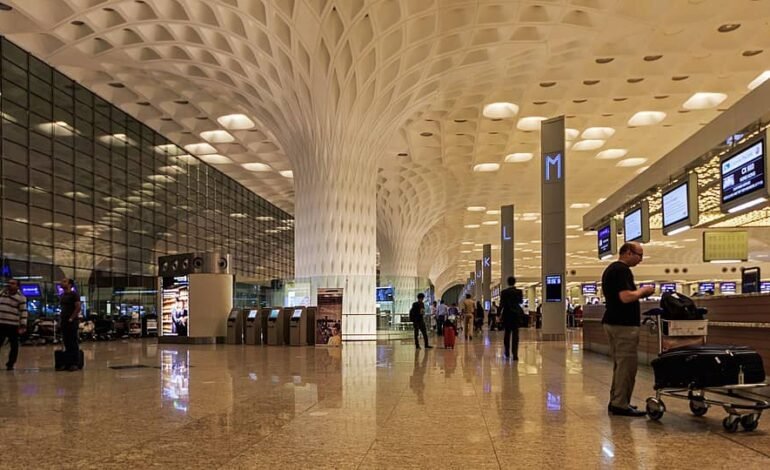
MUMBAI—India’s aviation sector is on the cusp of a major transformation. Two of the country’s most anticipated airport projects—Navi Mumbai International Airport (NMI) and Noida International Airport (DXN)—are nearing completion and set to open within months. Together, they represent a turning point in how India’s busiest metros manage explosive air travel demand.
Delhi (DEL) will soon operate as a two-airport hub, with Noida International (DXN) expected to begin flights between October and November. In Mumbai, Navi Mumbai International (NMI) will ease long-standing pressure on Chhatrapati Shivaji Maharaj International Airport (BOM), which has operated beyond its designed capacity for years.
Two New Airports for India’s Busiest Metros
Major global cities rarely rely on a single airport. As economies expand and passenger volumes surge, multiple aviation hubs become inevitable.
New York depends on John F. Kennedy (JFK), Newark (EWR), LaGuardia (LGA), and Teterboro (TEB). London distributes its traffic across Heathrow (LHR), Gatwick (LGW), Stansted (STN), Luton (LTN), and City (LCY). Tokyo balances traffic between Narita (NRT) and Haneda (HND).
India, however, has lagged. For decades, Navi Mumbai and Noida airports remained stuck in planning stages. Their urgency is now unmistakable.
Mumbai’s main airport handled 55.12 million passengers in the last financial year—well beyond its intended capacity. On November 11, 2023, it recorded 1,032 air traffic movements in a single day, making it the busiest single-runway airport in the world.
Delhi Nears Its Own Capacity Limits
Delhi’s Indira Gandhi International (DEL), despite ongoing expansions, will eventually face saturation. Operators argue that bringing Noida International (DXN) online ahead of schedule is the only way to be ready when that tipping point arrives.
A Broader Transformation in Indian Aviation
The secondary airport push is not confined to Mumbai and Delhi. North Goa’s Manohar International (GOX), which opened in 2023, has already demonstrated how fresh capacity can unlock pent-up demand. Other metros are quickly following suit:
- Bengaluru (BLR): Tamil Nadu is advancing plans for a new airport in Hosur, while Karnataka evaluates land southwest of the city.
- Chennai (MAA): A new greenfield airport at Parandur in Kanchipuram district has received in-principle approval.
- Pune (PNQ): Proposals for a new airport remain mired in land acquisition disputes.
- Mumbai Metropolitan Region (MMR): A possible third airport is being discussed near the upcoming Vadhavan Port project.
This expansion wave reflects India’s extraordinary passenger growth—faster than almost anyone predicted. Over the past 15 years, traffic has consistently outpaced forecasts, surprising even seasoned airport executives.
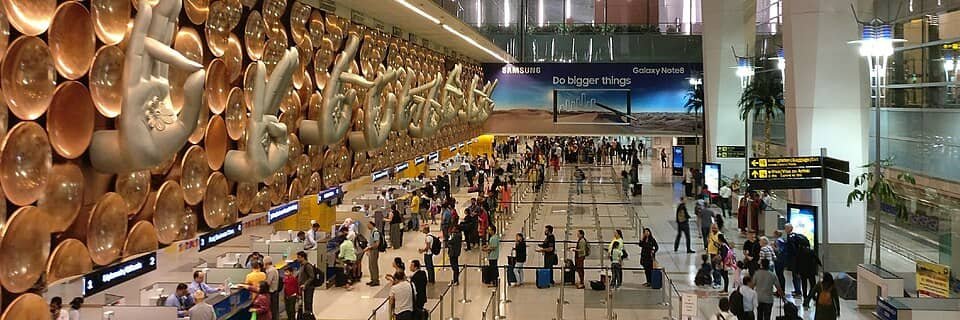
Airports as Cultural Gateways
India’s new generation of airports are no longer just transit hubs; they are emerging as cultural landmarks. Terminals are designed to showcase regional identity, blending utility with symbolism.
Mumbai’s T2, with its peacock-inspired architecture, and Kochi International, with Kerala’s traditional design motifs, set early examples. Bengaluru’s T2, with its lush biophilic design, earned praise for reflecting the city’s “Garden City” identity.
Navi Mumbai International (NMI) extends this philosophy with a lotus-inspired terminal, complementing Mumbai’s peacock motif at BOM. These choices reinforce airports as cultural gateways—shaping first impressions for millions of travelers.
Higher Costs, Higher Expectations
Globally, secondary airports often compete on price. London Luton (LTN) and Bangkok Don Mueang (DMK) thrive as lower-cost alternatives to their main hubs. India’s model diverges.
Both Navi Mumbai (NMI) and Noida (DXN) are expected to levy higher user development fees (UDF) than their established counterparts. Operators justify the move by citing the need to cover large upfront infrastructure costs during the initial years of lower traffic. They argue fees will normalize as volumes build.
Unlike bare-bones secondary hubs abroad, India’s upcoming facilities promise full-service, modern terminals. Yet this underscores a gap—despite being one of the largest low-cost carrier markets in the world, India still lacks a true low-cost terminal model.
Bottom Line
The opening of Navi Mumbai (NMI) and Noida (DXN) represents more than just new airports—it marks a structural shift in Indian aviation. For the first time, both Mumbai and Delhi will gain alternate hubs capable of balancing surging demand.
If successful, these projects could become the blueprint for secondary airports across India’s metros. The challenge will be balance: ensuring that higher fees, cultural architecture, and future-ready capacity align with the expectations of passengers in one of the world’s fastest-growing aviation markets.
Image Credits- Mumbai Airport





